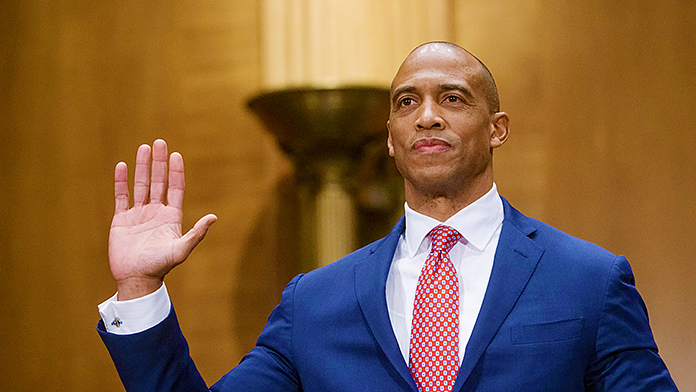For all of the books (thousands) written on leadership, individuals (millions) who have participated in leadership seminars and dollars (billions) invested in leadership development, too many leadership experts still fail to distinguish between the practice of leadership and the exercise of bureaucratic power.
To gain a true leadership advantage, organizations must be filled with individuals who understand how to maximize their own ratio of “accomplishment over authority.” They must believe it’s possible to do something big with a little dab of power. Think, for example, of Jimmy Wales, the founder of Wikipedia, the world’s largest compendium of knowledge. None of the thousands of individuals who’ve contributed to Wikipedia report to Wales, and yet, as a “social architect,” he built a platform that energized and organized an extraordinary amount of human effort.
What, then, are the attributes of individuals who can inspire others and multiply their impact?
They are seers-individuals who are living in the future, who possess a compelling vision of “what could be.” As human beings, we’re constantly looking forward, and we love to sign on with individuals who are already working on “the next big thing.”
They are contrarians-free of the shackles of conventional wisdom and eager to help others stage a jailbreak. It’s exciting to be around these free-spirited thinkers who liberate us from the status quo and open our minds to new possibilities.
They are architects-adept at building systems that elicit contribution and facilitate collaboration. They leverage social technologies in ways that amplify dissident voices, coalesce communities of passion and unleash the forces of change.
They are mentors-rather than hoarding power, they give it away. Like Mary Parker Follett, the early 20th-century management pioneer, they believe the primary job of a leader is to create more leaders. To this end, they coach, tutor, challenge and encourage.
They are connectors-with a gift for spotting the “combinational chemistry” between ideas and individuals. They help others achieve their dreams by connecting them with sponsors, like-minded peers, and complementary resources.
They are bushwhackers-they clear the trail for new ideas and initiatives by chopping away at the undergrowth of bureaucracy. They’re more committed to doing the right thing than to doing things right.
They are guardians-vigilant defenders of core values and enemies of expediency. Their unflinching commitment to a higher purpose inspires others and encourages them to stand tall for their beliefs.
They are citizens-true activists, their courage to challenge the status quo comes from their abiding commitment to doing as much good as possible for as many as possible. They are other-centered, not self-centered.
Critically, all these roles are rooted in the most potent and admirable human qualities -passion, curiosity, compassion, daring, generosity, accountability and grit. These are the qualities that attract allies and amplify accomplishments. These are the DNA strands of 21st-century leadership. Only by strengthening them can we fully unleash the latent leadership talents that reside in every organization.
Author: Gary Hamel, visiting professor, London Business School
















